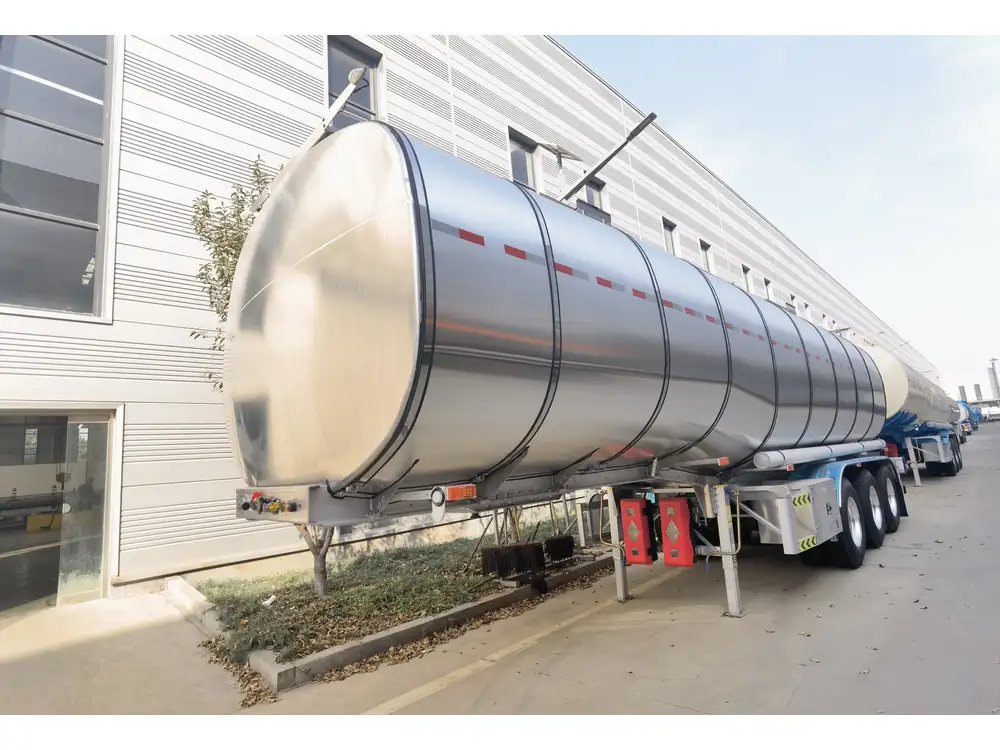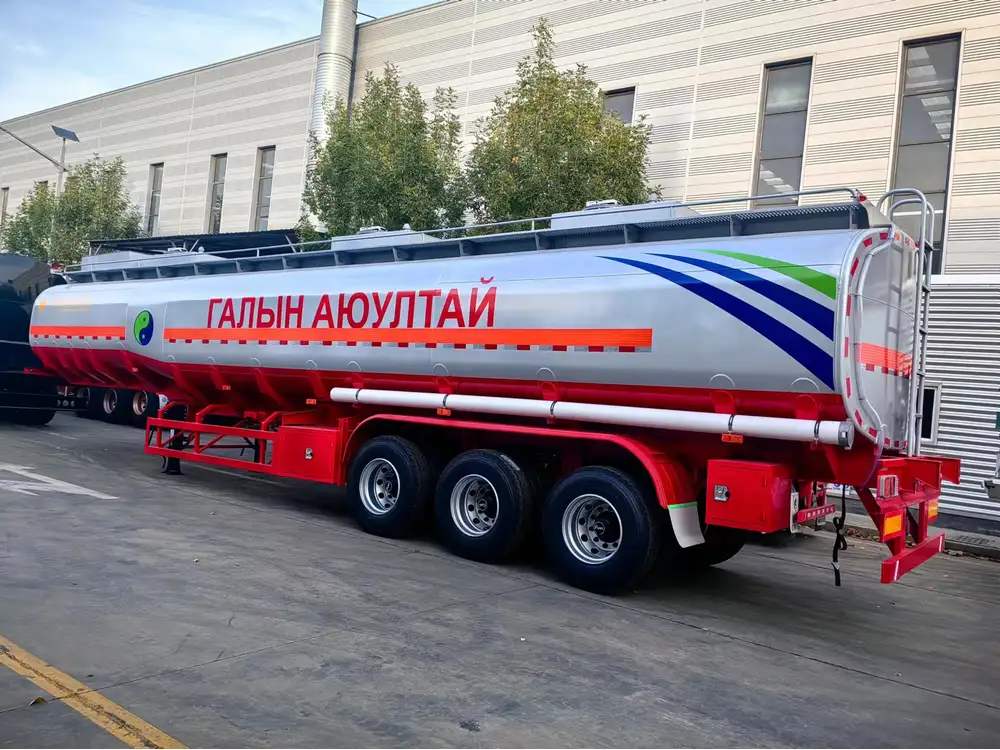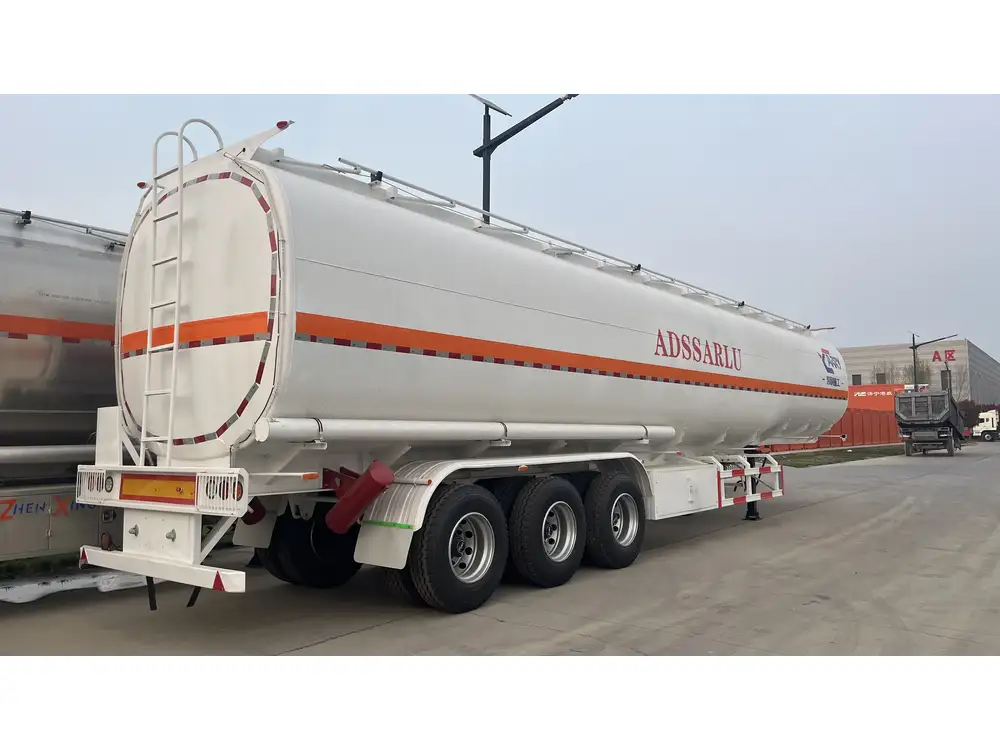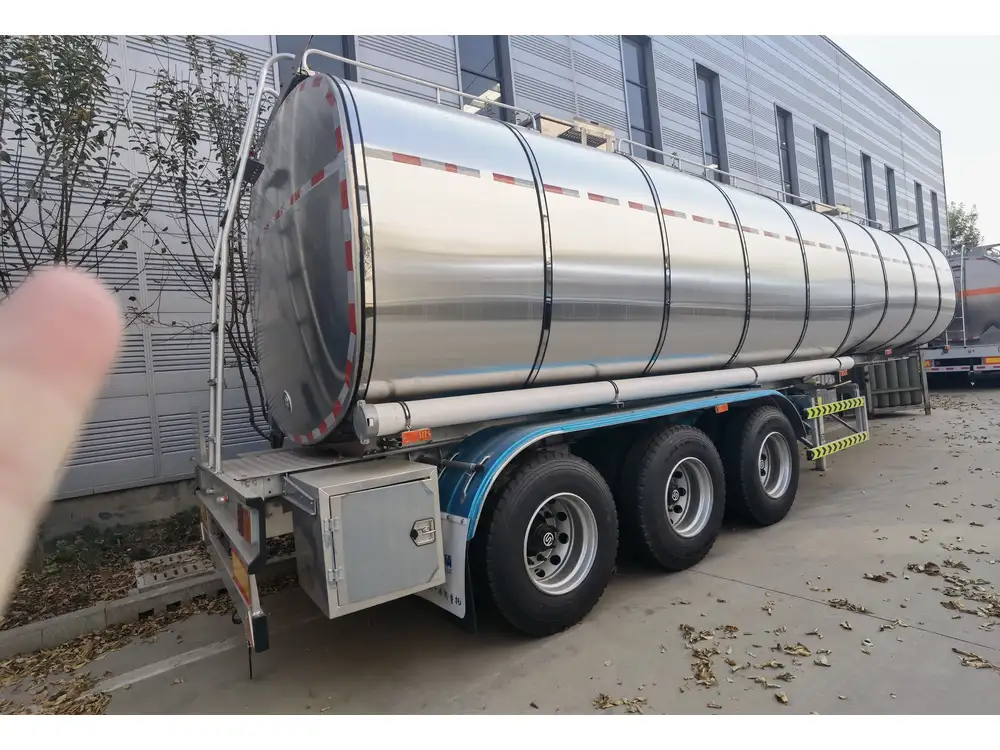The Democratic Republic of the Congo (DRC) is a nation rich in natural resources, but often faced with challenges over infrastructure and logistics, particularly in the fluid transportation sector. For businesses looking to enhance efficiency and productivity in this region, investing in a high-quality tanker unloading system can yield significant dividends. In this article, we will delve deeply into the benefits, features, and procurement details of tanker unloading systems available for sale in the DRC, and how CarMax Vehicle, a leader in manufacturing semi-trailers, plays a pivotal role in this market.
Understanding the Tanker Unloading System
What Is a Tanker Unloading System?
A tanker unloading system is a sophisticated setup designed to efficiently remove liquids, usually petroleum, chemicals, or other fluids, from tankers or semi-trailers. These systems are essential for industries such as refinery operations, chemical plants, and food processing facilities. A well-designed tanker unloading system ensures minimal spillage, reduces labor costs, and enhances safety measures.

Key Components of a Tanker Unloading System
- Pumps: Central to any unloading operation; various types exist depending on the fluid type.
- Hoses & Connections: Flexible and durable hoses facilitate safe transfer.
- Valves: Control the flow and shut off systems to prevent accidents.
- Transfer Units: Ensure the transport of fluids from the tanker to storage solutions.
- Control Panels: Eases operational management with various metric displays.
Benefits of Investing in a Tanker Unloading System
| Benefits | Explanation |
|---|---|
| Efficiency | Fast and effective fluid transfer speeds up production. |
| Safety | Minimizes risk of hazardous spills and accidents. |
| Cost Reduction | Lowers labor and operational costs over time. |
| Flexibility | Versatile use across various industries and liquids. |
Challenges of Tanker Unloading in the DRC
The DRC’s unique landscape presents specific challenges for fluid transportation and unloading. These challenges include:
- Inadequate Infrastructure: Limited access to roads and transportation networks complicates logistics.
- Safety Regulations: Stringent safety protocols demand equipment designed with high-quality standards.
- Environmental Concerns: The risk of spills necessitates systems that mitigate environmental impact.
Recognizing these issues, CarMax Vehicle provides tanker unloading systems tailored to navigate these obstacles efficiently.

Selecting the Right Tanker Unloading System
Factors to Consider
When procuring a tanker unloading system, consider the following critical factors:
- Fluid Type: Different fluids require varying pumping technologies and materials.
- Volume: Assess the system’s capability to handle desired flow rates and total volumes.
- Accessibility: Ensure that the system fits within the operational constraints of your site.
- Maintenance: Look for systems with low upkeep requirements to save time and costs.
- Regulatory Compliance: Systems must meet local laws concerning safety and environmental standards.
Models Available for Sale in DRC
CarMax Vehicle offers diverse models to meet various industrial needs:
| Model | Fluid Type | Max Capacity | Features |
|---|---|---|---|
| T1001 | Crude Oil | 1000 L/min | Durable construction, automated controls |
| C2002 | Chemical Solutions | 800 L/min | Anti-corrosive materials& enhanced safety |
| F3003 | Food Grade Liquids | 1200 L/min | Hygienic design for food safety |
Each model comes equipped with state-of-the-art technologies designed to optimize performance while mitigating risks associated with fluid handling.

Why Choose CarMax Vehicle?
Superior Craftsmanship
Our commitment to quality is unparalleled. Every tanker unloading system manufactured by CarMax Vehicle reflects industry-leading standards, ensuring durability and reliability.
Tailored Solutions
We understand that each operational site has unique needs. Our team collaborates with clients to customize solutions that guarantee productivity and safety.

Post-Sale Support
CarMax Vehicle is dedicated to customer satisfaction, offering comprehensive after-sales support including installation guidance, training, and maintenance services.
Cost Considerations and ROI
Investing in a tanker unloading system is not a trivial decision. However, it should be assessed not just in terms of purchase price but also in the long-term return on investment (ROI). Here’s a breakdown of potential costs and savings:
| Description | Estimated Cost | Expected Annual Savings |
|---|---|---|
| System Purchase | $25,000 – $50,000 | – |
| Installation | $5,000 – $10,000 | – |
| Maintenance | $2,000 – $5,000/year | Operational Savings |
| Labor Costs | Reduction in labor | Up to 30% |
| Wastage Reduction | – | Up to 20% savings |
Over time, the savings generated through reduced labor costs and waste management can surpass the initial investment, making a well-chosen tanker unloading system a financially sound choice for businesses in the DRC.
FAQs About Tanker Unloading Systems

1. What industries benefit most from tanker unloading systems?
Industries such as petroleum, chemical manufacturing, and food processing find tremendous advantage in utilizing tanker unloading systems.
2. How often should maintenance be conducted?
Regular maintenance should be performed at least once every quarter to ensure safety and reliability.
3. Are CarMax Vehicle systems compliant with DRC safety regulations?
Yes, all systems are designed to meet or exceed local safety and environmental standards.

4. How do I determine the right size of a tanker unloading system for my operations?
Consider the types and volumes of fluids you need to manage and consult with experts from CarMax Vehicle for tailored advice.
In summary, investing in a tanker unloading system for sale in the Democratic Republic of the Congo represents a significant step toward operational efficiency and safety. By choosing a reputable manufacturer like CarMax Vehicle, businesses can ensure they have the equipment necessary to meet the challenges posed by the unique conditions of the region while maximizing their potential for growth and sustainability.













Reviews
There are no reviews yet.